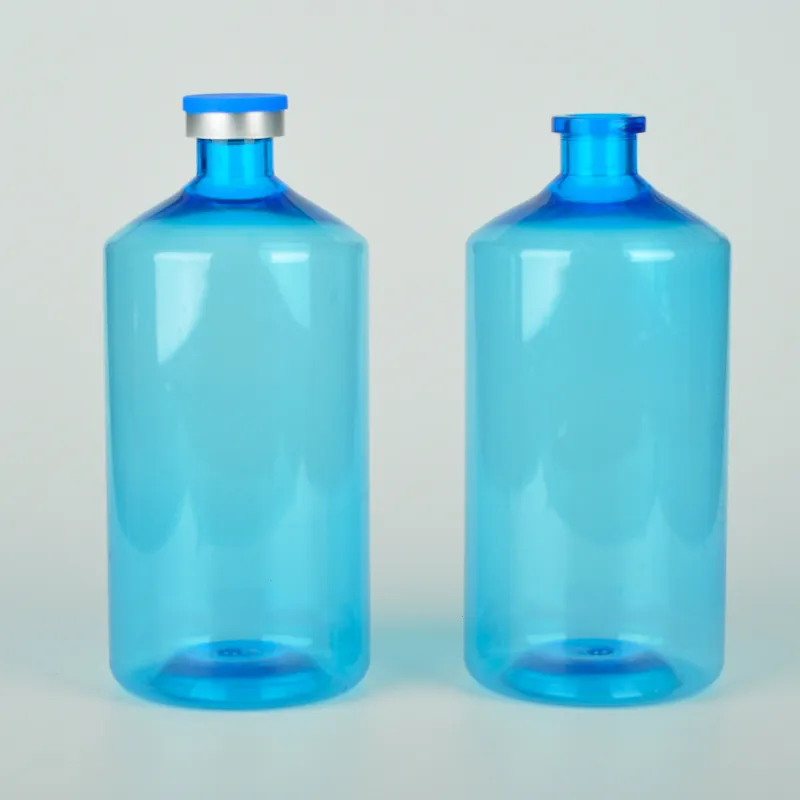
-
 Afrikaans
Afrikaans -
 Albanian
Albanian -
 Amharic
Amharic -
 Arabic
Arabic -
 Armenian
Armenian -
 Azerbaijani
Azerbaijani -
 Basque
Basque -
 Belarusian
Belarusian -
 Bengali
Bengali -
 Bosnian
Bosnian -
 Bulgarian
Bulgarian -
 Catalan
Catalan -
 Cebuano
Cebuano -
 Corsican
Corsican -
 Croatian
Croatian -
 Czech
Czech -
 Danish
Danish -
 Dutch
Dutch -
 English
English -
 Esperanto
Esperanto -
 Estonian
Estonian -
 Finnish
Finnish -
 French
French -
 Frisian
Frisian -
 Galician
Galician -
 Georgian
Georgian -
 German
German -
 Greek
Greek -
 Gujarati
Gujarati -
 Haitian Creole
Haitian Creole -
 hausa
hausa -
 hawaiian
hawaiian -
 Hebrew
Hebrew -
 Hindi
Hindi -
 Miao
Miao -
 Hungarian
Hungarian -
 Icelandic
Icelandic -
 igbo
igbo -
 Indonesian
Indonesian -
 irish
irish -
 Italian
Italian -
 Japanese
Japanese -
 Javanese
Javanese -
 Kannada
Kannada -
 kazakh
kazakh -
 Khmer
Khmer -
 Rwandese
Rwandese -
 Korean
Korean -
 Kurdish
Kurdish -
 Kyrgyz
Kyrgyz -
 Lao
Lao -
 Latin
Latin -
 Latvian
Latvian -
 Lithuanian
Lithuanian -
 Luxembourgish
Luxembourgish -
 Macedonian
Macedonian -
 Malgashi
Malgashi -
 Malay
Malay -
 Malayalam
Malayalam -
 Maltese
Maltese -
 Maori
Maori -
 Marathi
Marathi -
 Mongolian
Mongolian -
 Myanmar
Myanmar -
 Nepali
Nepali -
 Norwegian
Norwegian -
 Norwegian
Norwegian -
 Occitan
Occitan -
 Pashto
Pashto -
 Persian
Persian -
 Polish
Polish -
 Portuguese
Portuguese -
 Punjabi
Punjabi -
 Romanian
Romanian -
 Russian
Russian -
 Samoan
Samoan -
 Scottish Gaelic
Scottish Gaelic -
 Serbian
Serbian -
 Sesotho
Sesotho -
 Shona
Shona -
 Sindhi
Sindhi -
 Sinhala
Sinhala -
 Slovak
Slovak -
 Slovenian
Slovenian -
 Somali
Somali -
 Spanish
Spanish -
 Sundanese
Sundanese -
 Swahili
Swahili -
 Swedish
Swedish -
 Tagalog
Tagalog -
 Tajik
Tajik -
 Tamil
Tamil -
 Tatar
Tatar -
 Telugu
Telugu -
 Thai
Thai -
 Turkish
Turkish -
 Turkmen
Turkmen -
 Ukrainian
Ukrainian -
 Urdu
Urdu -
 Uighur
Uighur -
 Uzbek
Uzbek -
 Vietnamese
Vietnamese -
 Welsh
Welsh -
 Bantu
Bantu -
 Yiddish
Yiddish -
 Yoruba
Yoruba -
 Zulu
Zulu
sample storage tube
Sample Storage Tubes Essential Tools for Sample Preservation and Analysis
In the world of scientific research and laboratory work, the preservation of samples is of paramount importance. One of the unsung heroes that facilitate this critical process is the sample storage tube. These tubes are designed to securely hold a variety of samples, from biological specimens to chemical solutions, ensuring that they remain viable for analysis and experimentation.
Types of Sample Storage Tubes
Sample storage tubes come in various shapes and sizes, tailored to accommodate different types of samples and preserve their integrity. The most common types include cryogenic tubes, screw-cap tubes, and buffered tube selections.
1. Cryogenic Tubes These tubes are specifically designed for samples that need to be stored at extremely low temperatures, often in liquid nitrogen. Made from durable materials like polypropylene, cryogenic tubes can withstand the stress of rapid temperature changes while maintaining a secure seal to prevent contamination.
2. Screw-Cap Tubes Often used for environmental samples and biological fluids, screw-cap tubes provide an airtight closure that is crucial for maintaining sample integrity. They come in various volumes, typically ranging from 0.5 mL to 50 mL, making them versatile for different experimental needs.
3. Buffered Tubes These tubes, often pre-filled with stabilizing buffers, are used for specific types of samples that require a certain pH level or chemical environment to remain stable. This is particularly important for biological specimens where enzymatic activity could lead to degradation.
Material Considerations
sample storage tube

The materials used in sample storage tubes are critical for ensuring sample stability. Most tubes are made from either polypropylene or glass. Polypropylene is favored for its chemical resistance and durability, making it less likely to break compared to glass. However, glass tubes may be preferred for certain applications where chemical inertness is crucial, such as with volatile solvents.
Labeling and Samples Identification
Proper labeling of sample tubes is essential for any research process. It allows for quick identification, minimizes the risk of sample mix-up, and maintains a clear chain of custody. Most researchers use waterproof, smudge-proof markers or labels designed for laboratory conditions to ensure that the information remains legible throughout the sample's storage period.
Best Practices for Sample Storage
To ensure the longevity of stored samples, following best practices is vital. First, samples should be clearly labeled with all relevant information, including sample type, date of collection, and experiment number. This reduces confusion and maintains organized records.
When storing biological samples, it is critical to avoid freeze-thaw cycles, which can damage cellular structures and compromise sample integrity. If samples must be thawed, they should be handled quickly and returned to storage as soon as possible.
Conclusion
Sample storage tubes play an integral role in the preservation of scientific samples and contribute significantly to the accuracy of research outcomes. They are designed to maintain sample integrity, reduce contamination risks, and facilitate easy retrieval and analysis. By choosing the right type of tube and adhering to best practices in labeling and storage, researchers can ensure that their valuable samples remain viable and effective for their intended applications. As science continues to advance, the development of more specialized and efficient sample storage solutions will be crucial in supporting innovative research across various fields.
-
Premium Metal Dropper Bottle for Precise Dispensing 250ml & 1ml Options AvailableNewsJul.04,2025
-
20 ml Headspace Vials - High Quality Polyethylene & Plastic Vials for Lab UseNewsJul.04,2025
-
Small Bottle with Pipette - Precise Dispensing 100ml Pipette Bottles for Essential Oils & Lab UseNewsJun.24,2025
-
Acetic Anhydride Bottle for Accurate Dropper Measurement in Pharmacy Use High-Quality Dropper BottlesNewsJun.10,2025
-
Innovative PET Bottle Design for Juice – Unique Shapes & Customization OptionsNewsJun.10,2025
-
20 Pack Sterilized Petri Dishes – Assorted Sizes, High Quality Small Plastic Petri Dishes for Lab UseNewsJun.10,2025






















